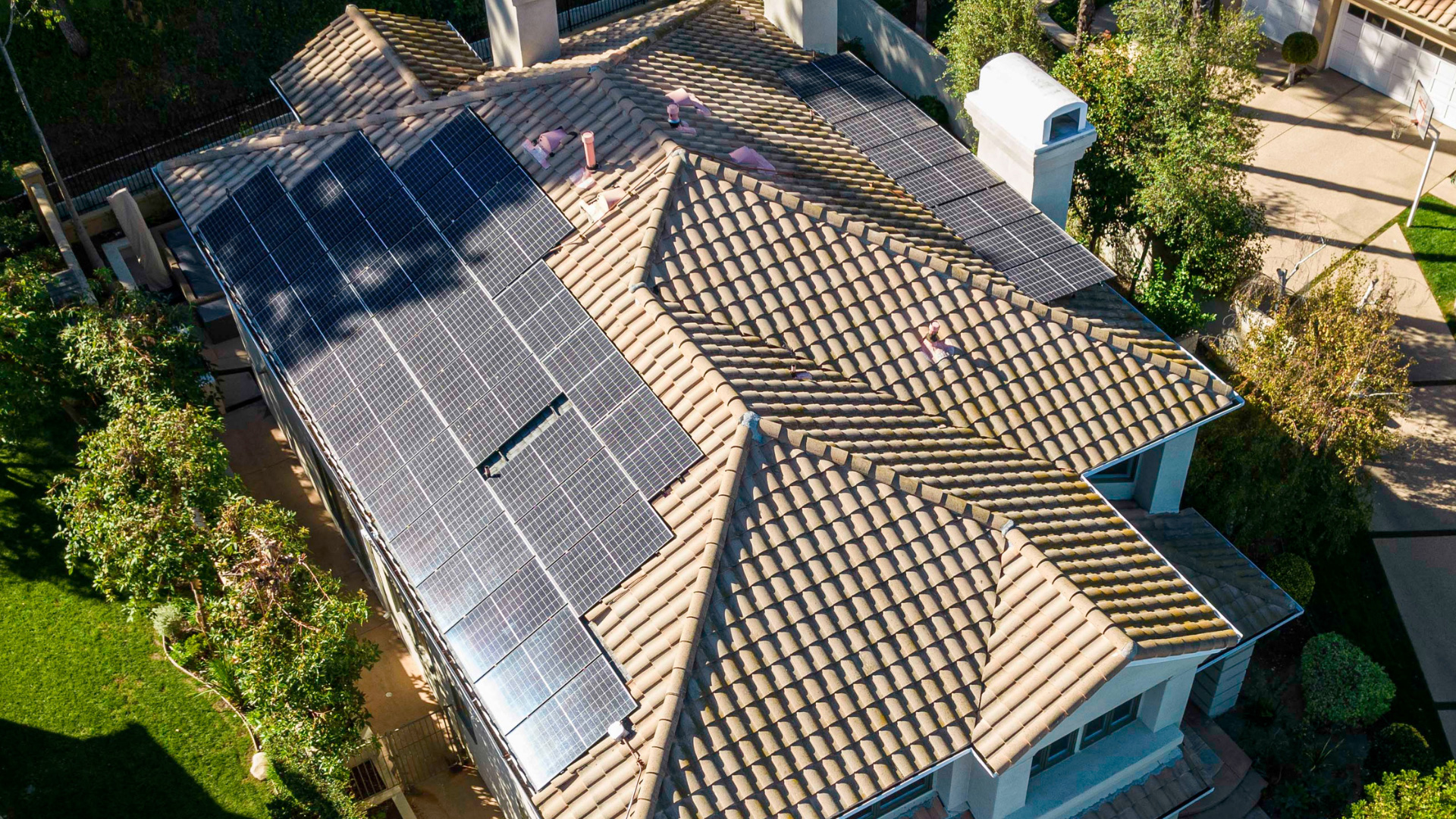At one time, businesses and homeowners with solar photovoltaic (PV) systems who didn’t have another source for electricity — or just wanted to disconnect from the utility power grid altogether — had no other storage option but to resort to a battery storage system. Few of these solar battery storage combos were sold, but they enabled solar users to store and utilize all the electricity that their solar panels generate.
As decades went on, however, the economics of going solar for most users didn’t necessarily hinge on owning a battery system for solar-generated energy and having to be independent of the utilities. Solar was still a burgeoning industry that was welcomed by “green” visionaries and relatively unheeded by the power utilities. Without battery storage, the power from roof panels was either used up by the property — or the surplus could be exported to the utility grid.
In recent years, however, as solar has become a force to be reckoned with, the utility monopolies have lobbied for, and achieved, legislation to safeguard their diminishing returns due to solar growth. And while commercial- and residential-solar users still enjoy the value of allaying energy costs by funneling surplus solar energy back into the grid, the appeal of adding battery storage to a solar energy system has grown exponentially.
Not only has battery technology made immense improvements, enabling commercial- and residential users to store the energy they generate, but they have staved off a slowly declining net metering rate.
Today, demand from commercial and residential solar PV users for battery systems that store solar-generated energy is expected to rival today’s voracious appetite for solar technology. Batteries capable of storing power at utility scale are speculated to be as widespread as rooftop solar panels are now, transforming the way consumers use energy. Solar-battery systems store up the additional power during the day and feed it back into the property overnight, saving the consumer the full cost of the electricity that would have otherwise needed to be purchased during that time. This function generally operates entirely automatically with no user input required.
According to a recent report, Closing the California Clean Energy Divide by the Center for Sustainable Energy, the California Housing Partnership Corporation and the Clean Energy Group, solar on its own reduces the cost of energy consumption, but adding a battery can also offset demand-related charges.
The news only gets better when calculating the effect of economies of scale as costs drop on battery mass production.
The report also notes that the combination of solar-and-battery storage could eliminate nearly 100% of power utility bills for some users, compared with going solar alone.
Bloomberg New Energy Finance forecasts the energy storage market may reach $250 billion or more by 2040. It expects 25 gigawatts of the devices to be deployed by 2028 — about the size of what the small-scale PV industry is now.
While the savings vary from case to case, each property analyzed for the report saw the project economics of the clean energy installation improve with the addition of batteries.
Solar Optimum is uniquely equipped and experienced in solar-energy battery storage for your commercial or residential needs. Our local experts will be happy to answer any questions. Just give us a call at (818) 745-1487.





